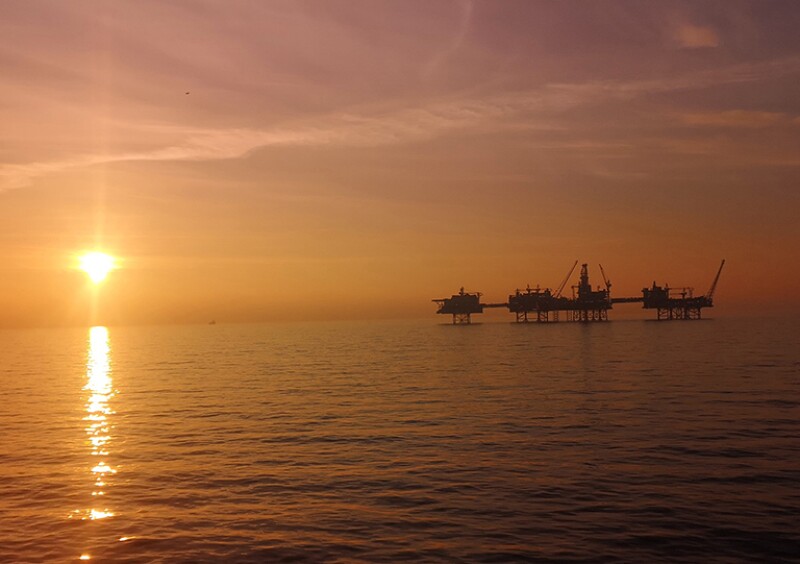Equinor’s Johan Sverdrup Phase 2 development is off to an inauspicious beginning following a power outage last week that forced the operator to shut in production.
The operator was able to restore power on Friday, 13 January, but told Reuters on Monday, 16 January, that an equipment fault led to another shutdown of the field’s Phase 2 platform. The $4.9-billion expansion project was brought online a month ago with 28 new wells that boosted the giant field's production capacity by 185,000 B/D to a total of 720,000 B/D.
Found about 90 miles offshore Stavanger, Johan Sverdrup is the largest producing oil field in the North Sea basin with an estimated 2.7 billion BOE in reserves. Equinor operates the field with a 42.6% stake and its partners include Aker BP (31.6%), Petoro (17.4%), and TotalEnergies (8.4%).
“Startup of production on process platform no. 2 is now delayed due to an equipment fault that occurred when starting after a couple of days from a cold platform,” Equinor said in a statement.
Equinor added that production of about 535,000 B/D from Phase 1 has been unaffected by the power outage. The Norwegian oil and gas company has not said when it expects to resume production at Phase 2.
The initial power loss originated at an onshore converter station that supplies the affected platform with electricity via high-voltage subsea cables. Johan Sverdrup Phase 1 came online in 2019 and is also supplied with onshore power from high-voltage cables. In 2021, Phase 1 suffered a power outage that, while forcing a fieldwide shutdown, lasted for less than a full day.
Equinor has stepped up efforts to electrify its offshore facilities using onshore-generated power in a bid to reduce carbon emissions.
As part of a $5.7-billion plan announced in 2021, the company said it would be seeking to replace most of the existing gas and diesel turbines on its platforms with direct-current cables that are tied into Norway’s electric grid. Mainland Norway generates almost all of its power using hydroelectric plants.
In addition to Johan Sverdrup, six other fields offshore Norway are fully or partially electrified from shore. These fields represented about 40% of the country’s oil and gas output last year.


